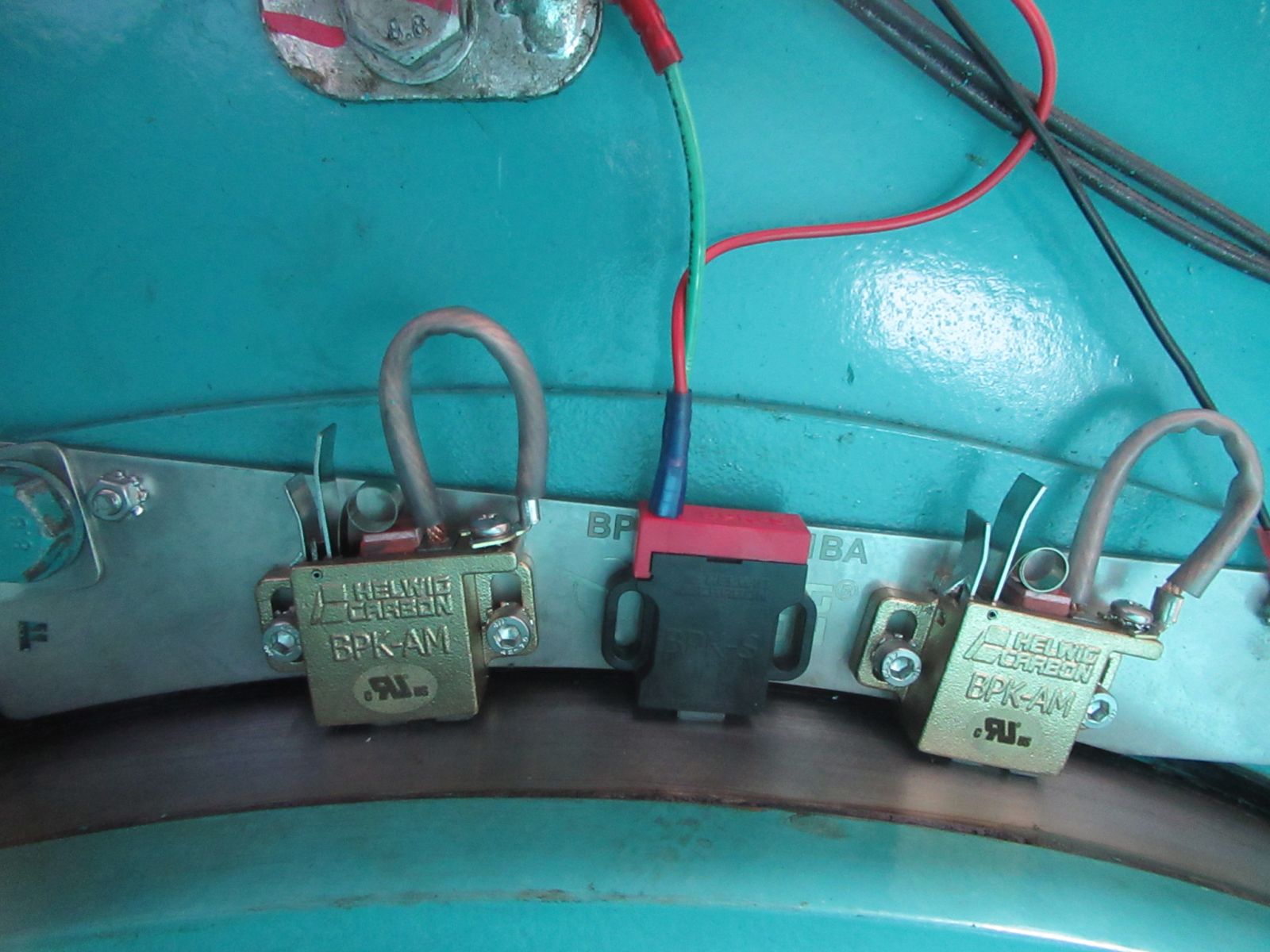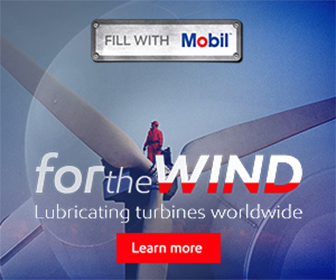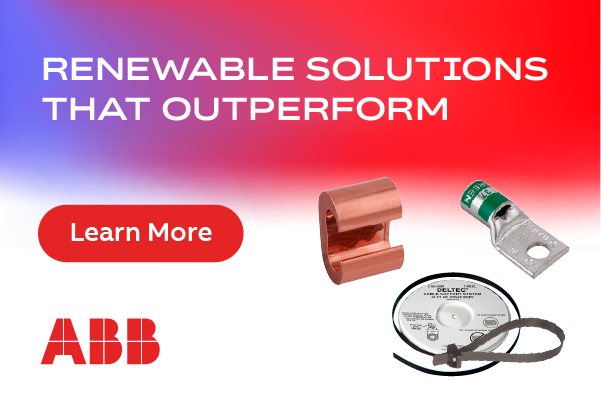Effective Wind Turbine Main Shaft Grounding
Operations and maintenance make up as much as 30-50 percent of the total lifecycle cost of a typical wind power plant, according to the National Renewable Energy Laboratory (NREL). Main shaft grounding is a critical component in preventing costly downtime and expensive unplanned maintenance.
The main bearings on a wind generator are susceptible to damage from static discharges and lightning strikes. Electrical discharge through the bearing can cause white etching cracks (WEC) and premature bearing failure.
WEC — aggressive, unpredictable, and widespread rolling element bearing failure — is considered the single most expensive failure mode for all wind turbine components. WECs can lead to significant structural damage, often resulting in spalling or even the complete splitting of the inner ring. WEC failures can occur very early in the life of your turbine, sometimes within just 5-20 percent of the component's intended lifespan, NREL reports.
In worst-case scenarios, the failure can migrate to the roller bearings, causing them to escape the raceway, damaging nearby equipment and the nacelle.
Replacing a bearing can cost $250K per tower in downtime, equipment, and labor costs. If additional components are damaged, the cost increases.
Main shaft grounding is essential to prevent massive expenses, downtime, increased maintenance, and possibly even safety hazards caused by WECs and other kinds of damage from electrical discharges.

How do electrical discharges damage the bearings?
Damaging currents seek the path of least resistance to ground, which is typically through the bearings. When these currents pass through the bearings, electrical arcs occur leading to burnt grease, fluting, pitting, WECs, and other bearing damage.
How does main shaft grounding work?
Main shaft grounding solutions work by providing the least resistance path to ground for the harmful currents. The key to an effective shaft grounding system is constant contact between the shaft and housing so that the current has an easy, consistent, and unobstructed path away from the bearing and back to ground.
Are there any other parts of the turbine that need to be protected?
The pitch motor that adjusts the angle of the turbine's blades also needs to be protected from damaging currents. Shaft grounding solutions for the pitch motor work using the same principles and materials as the solutions for main shaft grounding, but are mounted in a slightly different way.
What do you need to look for when choosing a main shaft grounding solution?
There are several types of wind main shaft grounding systems on the market. There are a few key factors to consider when selecting a solution to ensure long-term effectiveness and minimize downtime and maintenance.
- Performance & Lifespan/Durability - Will the device adequately mitigate currents, and how long will it last?
Systems on the market vary greatly, and design and materials are key in determining effectiveness. There are several solutions involving silver graphite brushes with constant force springs. Carbon fiber rings are also advertised for this application.
With the right holder design with constant force spring and silver graphite brush, bearings are protected for 10+ years. Silver graphite brushes are a great choice for mitigation because the silver content has excellent conductivity, providing the least resistant path to the ground. The graphite portion provides lubrication, and the combination of silver and graphite creates a matrix that can withstand long-term mechanical wear.
When deciding between the silver graphite brush options, a question to ask is whether the brush composition is specially engineered for shaft grounding or if the brush has been repurposed from another application.

Carbon fiber rings protect adequately at the start, but within six months to a year, voltage readings typically increase to damaging levels because carbon fiber bristles wear quickly and lose contact with the shaft.
- Ease of installation
Does the solution come mounted on a ready-to-install, sturdy, heavy duty, and corrosion-resistant bracket that can be installed using the existing bolt pattern? If not, what is required for installation? Is the solution compact and easy to transport or bulky?
- Performance in high frequency applications
Silver graphite brushes have very low electrical resistance and other physical, chemical, and mechanical characteristics that allow them to ground effectively at very high frequencies.
Carbon fiber rings have higher electrical resistance and also utilize an aluminum housing, both of which limit effectiveness at high frequencies.
- Performance with contamination – Can the solution continue to ground effectively in the presence of grease, oil, debris, or paint?
Contaminants act as an insulator and impede grounding, so an effective solution must have a way to operate in these conditions.
With solutions that involve a constant force spring and silver graphite brush with inherent cleaning properties, contaminants are cleared from the path so grounding continues unimpeded. Some solutions on the market also have additional grease deflector assemblies to further clear the brush track.
Contaminants collect in the bristles of carbon fiber rings, requiring downtime for cleaning and replacement.
- Maintenance needs – Does the product require downtime for maintenance?
Solutions involving positive spring force and a silver graphite brush require no maintenance.
Carbon fiber rings require repainting of colloidal silver every six months to a year. They may also require downtime to clear contamination from the carbon fiber bristles.
By considering the critical factors of overall performance, lifespan, durability, ease of installation, performance at high frequencies, contamination resistance, and maintenance needs, you can ensure that you will find a shaft grounding solution that protects your wind turbine main shaft bearings for the long haul. Providing an effective path to ground for electrical discharges is one key piece of reducing your operations and maintenance costs, and ensuring smooth and safe operations of your plant.
David Duch is the Engineering Manager at Helwig Carbon, which produces wind turbine main shaft grounding solutions with proprietary silver graphite brushes, shaft grounding for pitch motors, and power solutions, delivered with field service including up-tower engineering support.
Helwig Carbon Products | www.helwigcarbon.com
Author: David Duch
Volume: 2025 January/February









